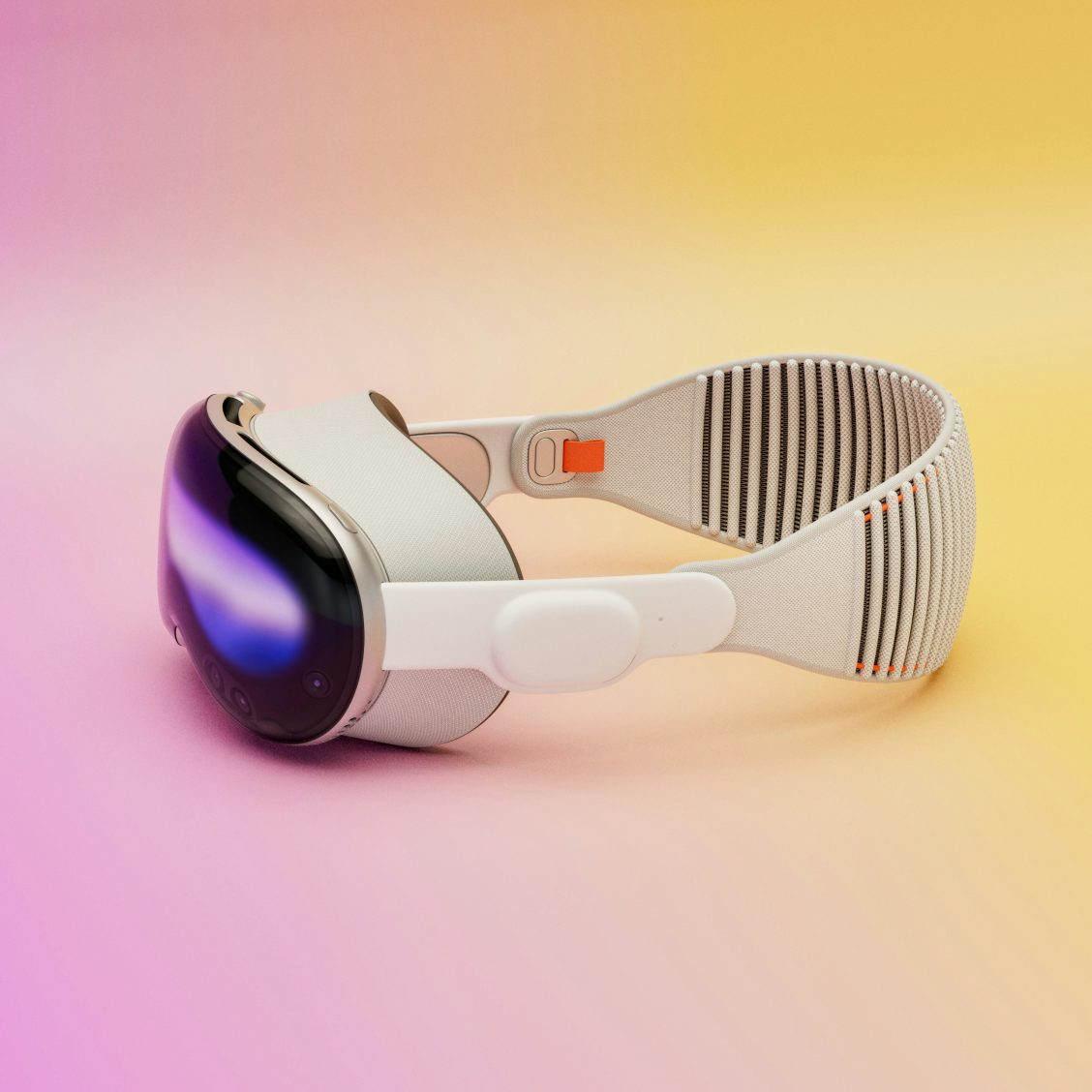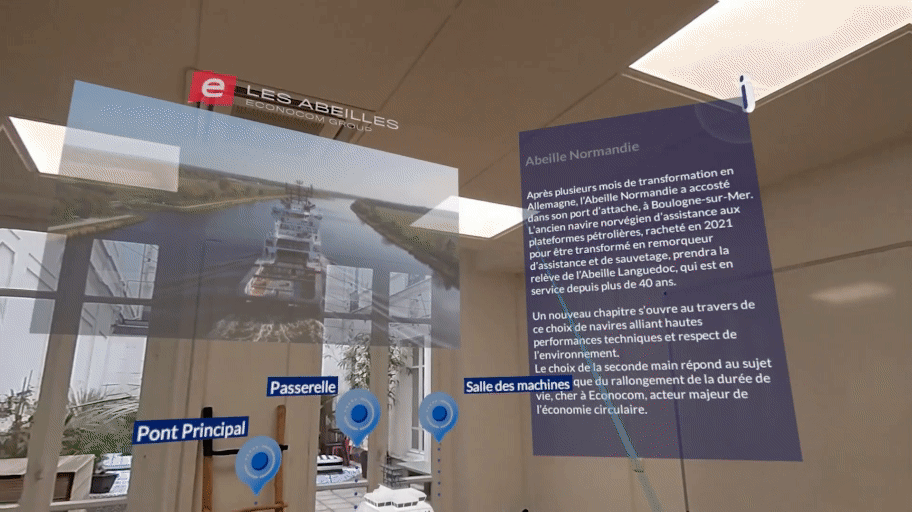Definition of Spatial Learning
The Spatial Learning is a technology that enables you to perceive and use spatial information placed in the environment. It’s also the ability to switch between Real to Virtual without moving or changing device.
In fact, it uses the Mixed Reality (MR) technology which enables learners to switch between augmented reality (AR) and virtual reality (VR) effortlessly. You can experience it thanks to the latests MR headsets (Oculus Quest 3, PICO 4, Lenovo ThinkReality, Apple Vision Pro, etc.).
Spatial Learning enables you to train from theory (e.g. in a classroom, with virtual elements to interact with = augmented reality) to practice (in a 360° or 3D interactive environment = virtual reality).
We are convinced that immersive technologies are the bests tools to augment the deskless populations environment and cover their entire learning journey and needs of theory and practice. From Immersive to Spatial Learning, you just need one step to make it true.

Uptale, the 1st Spatial Learning Platform
Uptale is known as a 360° VR Solution, where learner can teleport themselves in real-life environments using 360 photos and videos and interact with tags inside those environments.
With the emergence of Spatial Computing and Extended Reality technologies, Uptale has moved from an exclusive VR/360 platform to a Spatial Learning Platform, enabling the creation of AR and VR learning experiences.
What more does it offer? A learner can now, inside one learning module, evolve from Real to Virtual. From AR to VR. From its classroom to a virtual environment that would be a 360 capture of the reality (plant, store, offices…). It offers way more scenarios and possibilities for learning.
XR formats are designed for every scenario and can easily combined, this is why for us, it’s the best immersive experience to offer.

What are the key benefits?
Going from Immersive to Spatial unlocks a range of scenarios and advantages.
All your trainings in one device, the Mixed Reality headset
Keep one foot in reality: see your environment, trainer, and colleagues
Make your real environments interactive (AR)
Progressive and controlled access to immersive technologies
Use Case 1 - Operational Procedure
While still being in its real environment, the learner can learn the torquing procedure by interacting with 2D videos, manipulate a torque wrench 3D object and answer quizzes before practice.
When the learner is ready, he can teleport in VR in a mounting area alongside an Alstom technician, he can now handle the procedure.
Use Case 2 - Visit of a tugboat
You start in a real environment and a tugboat in 3D appears. You can turn around it and observe how the tugboat look from the point of view of a scale.
You’ll see several points of interest that you can click on to be teleported.
Then fully immersed in 360 photos and videos you can explore the inside of the boat. When you’re done with a room, you can go back to the AR view to choose another location.
You want to get started with Spatial Learning?

